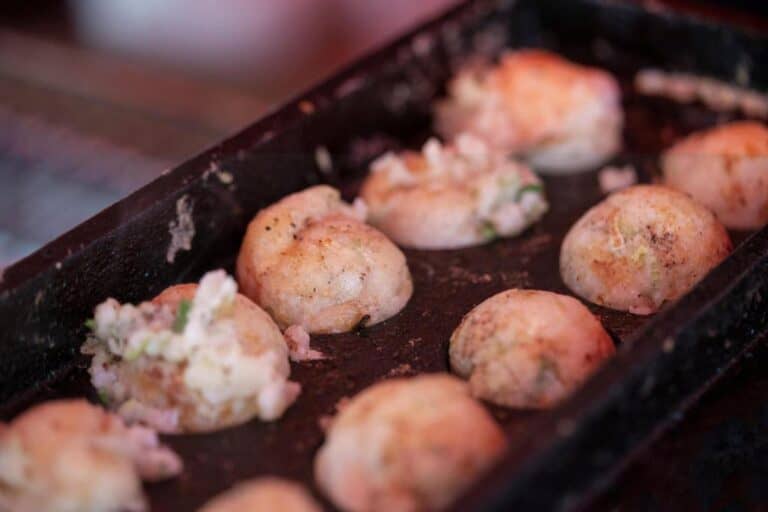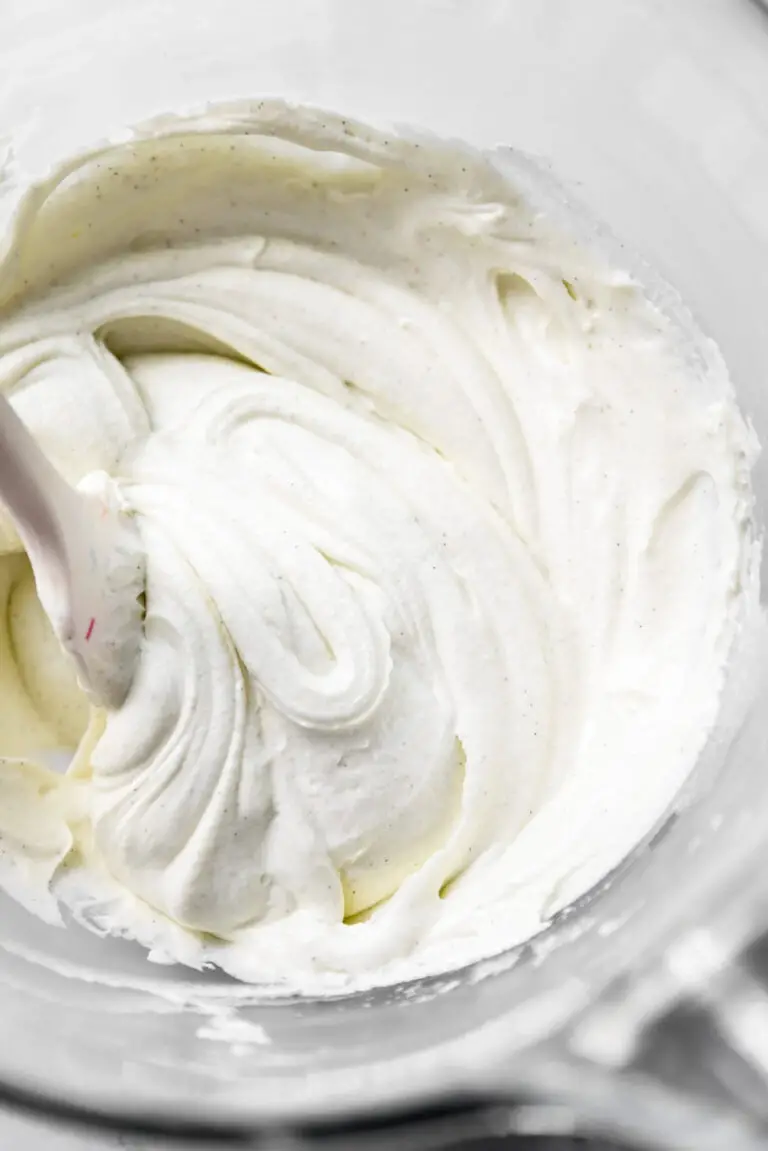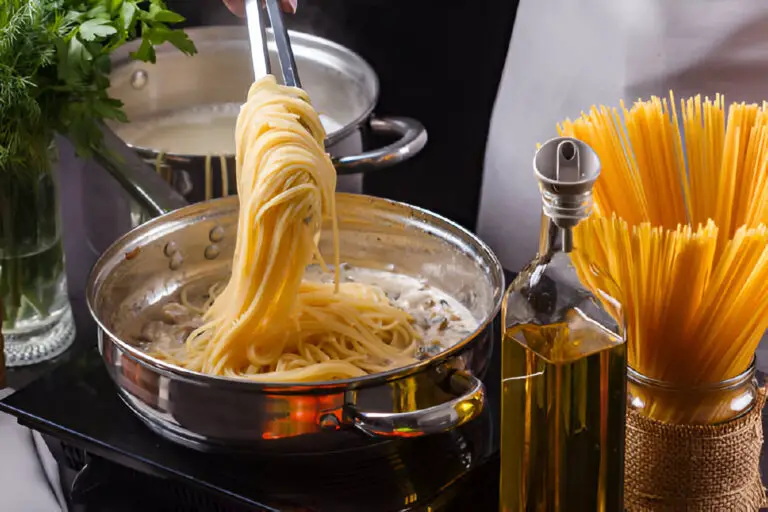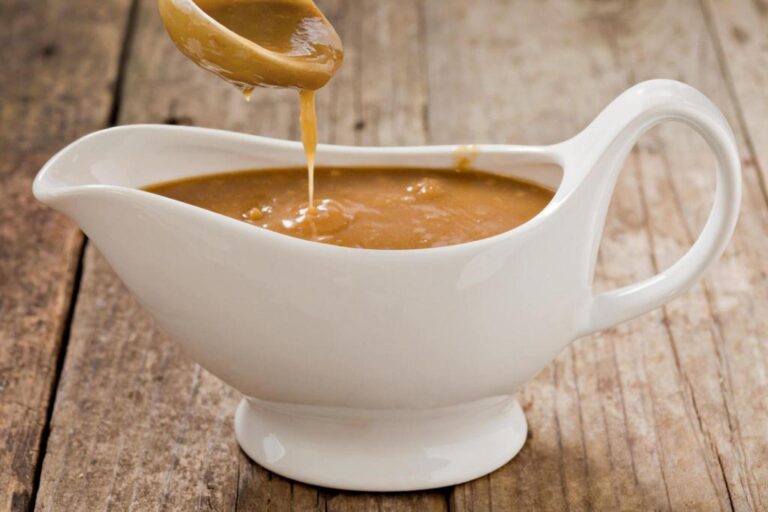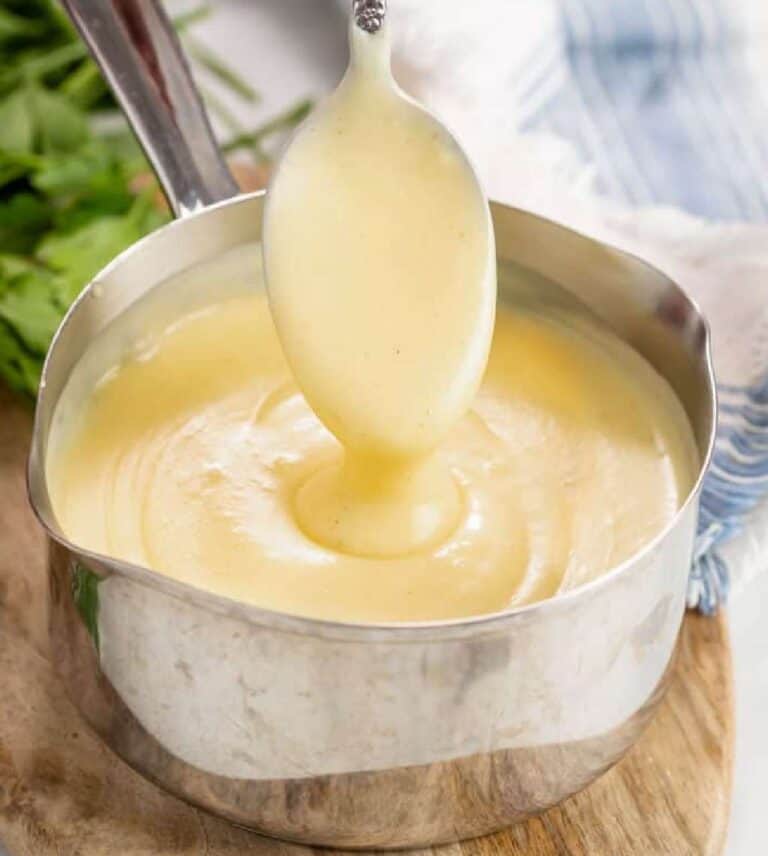Should You Put Olive Oil on Pasta After Cooking? Benefits and Tips
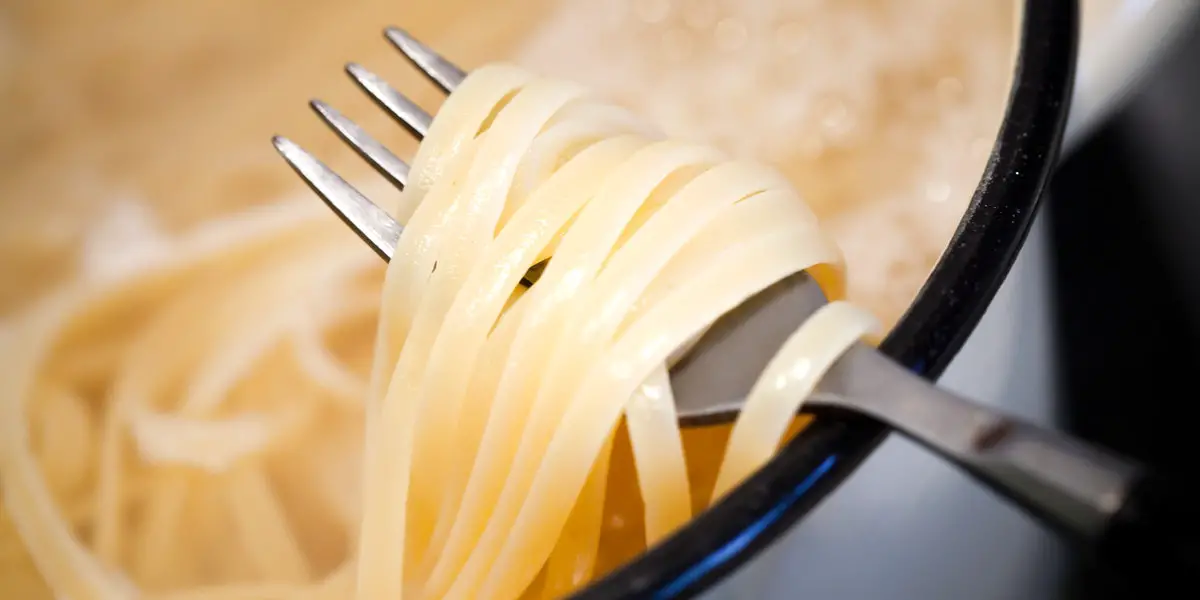
Cooking pasta to perfection is an art, and knowing how to finish it can elevate your dish to a new level. One common debate among home cooks and professional chefs alike is whether you should put olive oil on pasta after cooking. Olive oil has a rich flavor and smooth texture. It is a staple in many kitchens. It can greatly affect the final taste and texture of your pasta.
But is it really necessary to drizzle olive oil over your pasta? Will it improve the dish, or are there better alternatives?
In this article, we will explore the benefits and potential drawbacks of adding olive oil to your pasta after cooking. We will also give you tips and tricks to get the best results.
By the end of this article, you’ll know when and how to use olive oil on your pasta. It will ensure your meals are both tasty and perfectly textured. Read on to discover how this simple addition can transform your pasta dishes.
The Role of Olive Oil in Pasta Preparation
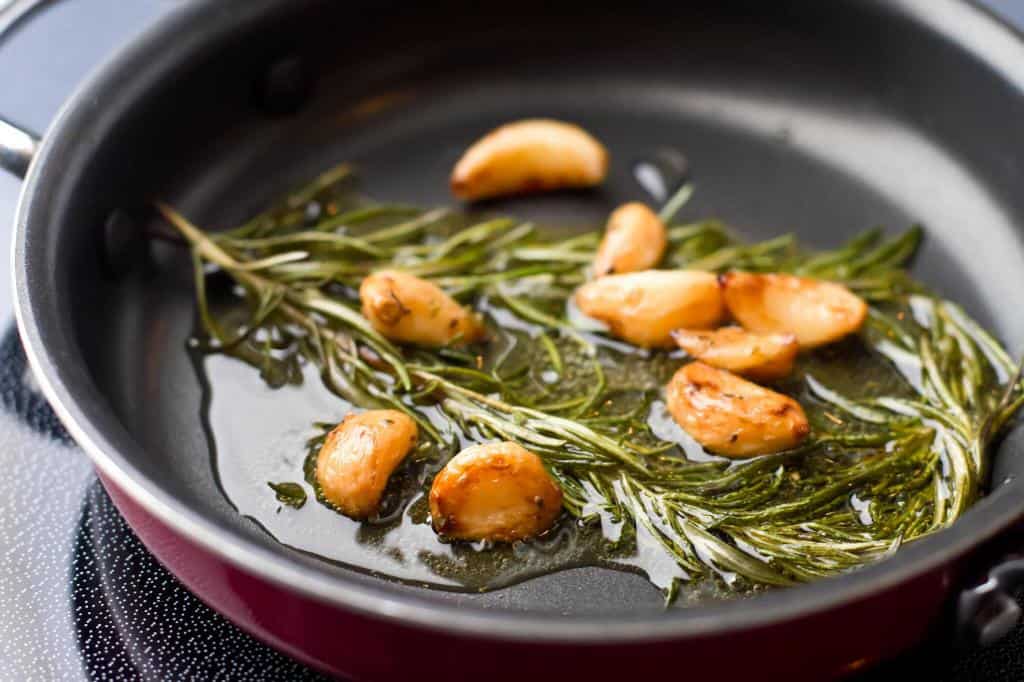
Olive oil can play several roles in pasta preparation, both before and after cooking. When added to boiling water, it helps to prevent the pasta from sticking together. However, the real question is whether it should be used after the pasta has been cooked. Adding olive oil after cooking can enhance the flavor and texture of your dish.
When you drizzle olive oil on hot pasta, it can help coat each strand. This gives a subtle richness that complements many sauces. This is particularly beneficial when you’re serving pasta with a light sauce or simply as a side dish. The oil can also add a layer of flavor that enhances the overall taste of the meal.
Benefits of Adding Olive Oil to Cooked Pasta
Flavor Enhancement: Olive oil adds a distinctive, fruity flavor that can elevate the taste of your pasta. It feels luxurious. It can highlight the natural flavors of simple ingredients well.
Texture Improvement: Olive oil helps to coat the pasta, preventing it from sticking together. This is especially useful if you’re preparing pasta in advance and want to ensure it remains separate and easy to handle.
Health Benefits: Olive oil is rich in monounsaturated fats, which are beneficial for heart health. Adding it to your pasta can increase the nutritional value of your meal, contributing to a balanced diet.
Versatility: Olive oil can be infused with herbs or spices to add even more flavor to your pasta. For instance, a garlic-infused olive oil can add a delightful aroma and taste without overwhelming the dish.
Tips for Using Olive Oil on Pasta
Choose High-Quality Olive Oil: For the best flavor, use extra virgin olive oil. It has a more intense and complex taste compared to regular olive oil.
Add Oil at the Right Time: Drizzle the olive oil over the pasta immediately after cooking, while it’s still hot. This ensures that the oil coats the pasta evenly and enhances the flavor.
Use the Right Amount: A little goes a long way. About one to two tablespoons of olive oil should be sufficient for a standard serving of pasta. You don’t want to overpower the dish, just add a subtle layer of flavor and prevent sticking.
Experiment with Flavors: Consider infusing your olive oil with herbs, garlic, or chili flakes before adding it to your pasta. This can create a unique twist and complement various pasta dishes.
Avoid Overusing Oil: While olive oil is beneficial, using too much can make the pasta greasy. Balance is key to maintaining the right texture and flavor.
Common Mistakes to Avoid When Putting Olive Oil on Pasta
When it comes to adding olive oil to pasta, several common mistakes can diminish the quality and flavor of your dish. Overusing oil is a frequent issue. While a drizzle of olive oil can enhance the pasta’s texture and flavor, too much can make the dish greasy and overpower the other ingredients.
It’s essential to use just enough to coat the pasta lightly without making it excessively oily. Additionally, choosing poor-quality olive oil can significantly impact the taste. Opting for a high-quality extra virgin olive oil ensures a rich, fruity flavor that complements your pasta.
Pairing olive oil with incompatible ingredients is another mistake to avoid. For instance, if your pasta is already coated in a heavy, creamy pasta sauce, adding olive oil may overwhelm the dish and mask the intended flavors. Instead, match olive oil with lighter ingredients or sauces to balance the flavors.
Alternative Uses for Olive Oil on Pasta
Olive oil isn’t just a finishing touch for pasta—its versatility can elevate your dishes in a variety of ways. Combining olive oil with garlic, herbs, or spices can infuse your pasta with unique and exciting flavors. For instance, sautéing garlic in olive oil before tossing it with your pasta adds a robust, aromatic quality.
Adding fresh herbs like basil or thyme can introduce a vibrant, garden-fresh taste. Try using spices like red pepper flakes or cumin. They can make a flavor profile that fits your dish well.
Additionally, olive oil can be a fantastic addition to cold pasta salads or incorporated into sauces. Drizzling it over cold pasta salads enhances the texture and adds a luxurious touch. In sauces, olive oil can help emulsify ingredients and improve the sauce’s overall consistency. Whether you’re making a simple vinaigrette or a complex sauce, olive oil helps to mix and enrich the flavors. It’s a versatile ingredient in any pasta dish.
| Read: Can You Safely Cook with Olive Oil in a Cast-Iron Skillet? |
Comparing Olive Oil to Other Pasta’s Toppings
When deciding whether to use olive oil on your pasta, it’s helpful to compare it with other common toppings. For example, butter and cream sauces are traditional choices, but they can be heavier and higher in saturated fats. Olive oil offers a lighter alternative with added health benefits.
Here’s a quick comparison of how olive oil stacks up:
| Topping | Calories (per tablespoon) | Fat Content | Health Benefits |
| Olive Oil | 119 | 14 grams (monounsaturated fats) | Heart-healthy, rich in antioxidants |
| Butter | 102 | 12 grams (saturated fats) | Rich flavor but less heart-healthy |
| Cream Sauce | Varies (high in calories) | High (saturated fats) | Rich and creamy but calorie-dense |
Conclusion
In conclusion, adding olive oil to pasta after cooking can be a simple way to improve the flavor, texture, and nutrition of your meal. Follow these tips. Understand the benefits. They will improve your pasta dishes. You will also enjoy a healthier, tastier dining experience.
Whether you’re making a quick dinner or an elaborate meal, using olive oil can make a big difference in your cooking.


